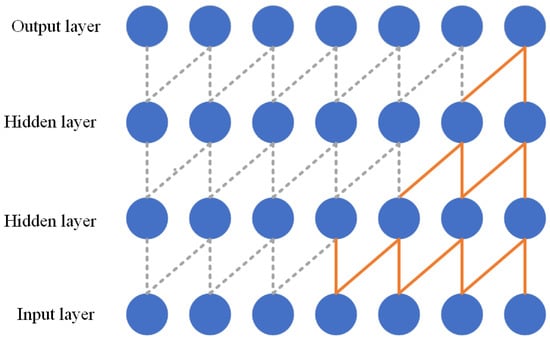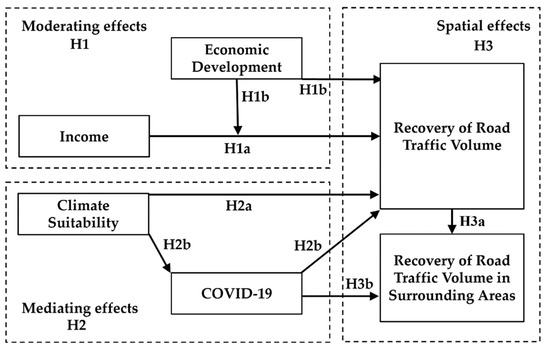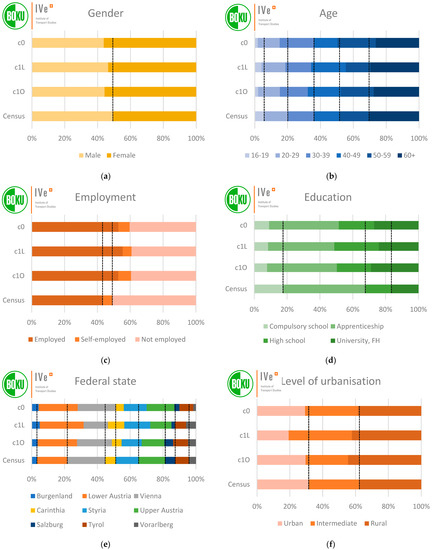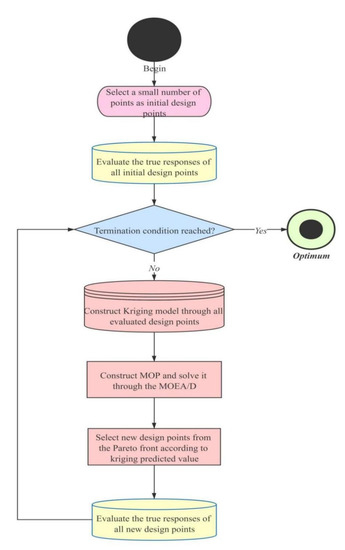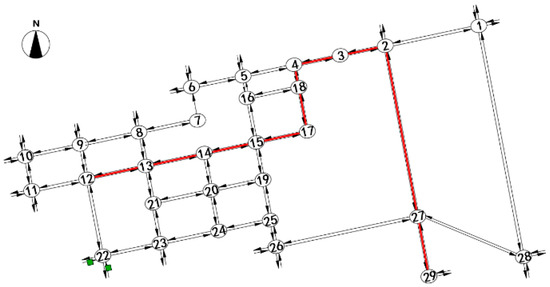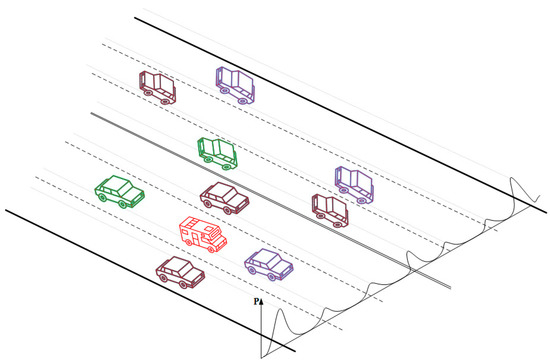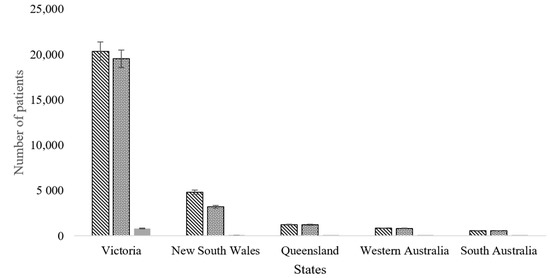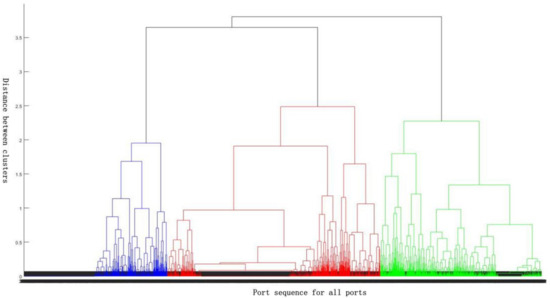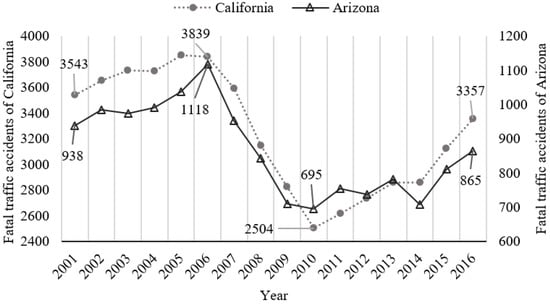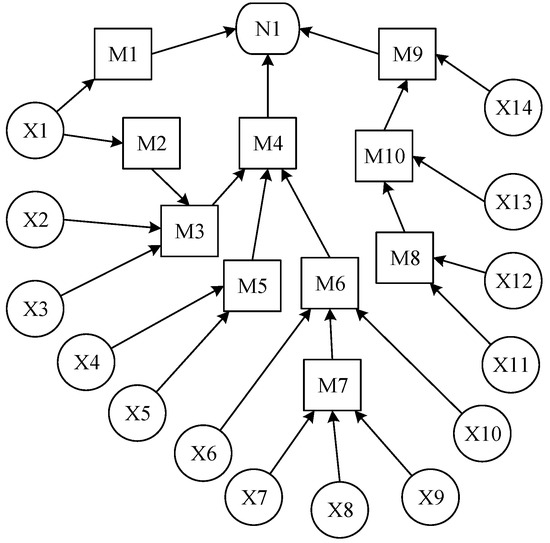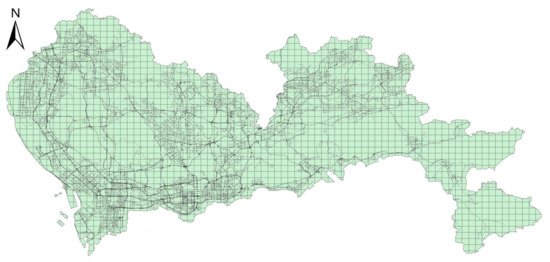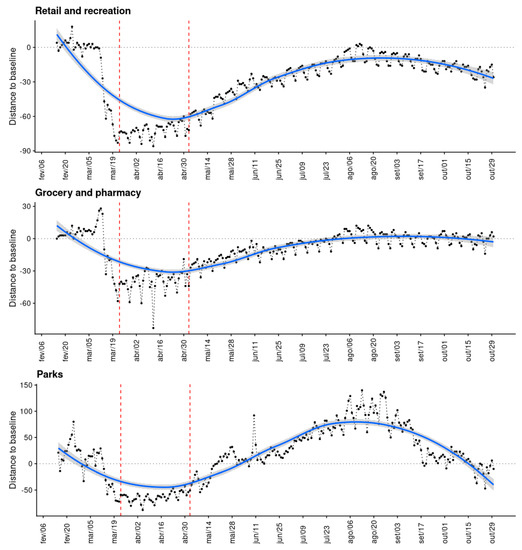Sustainable and Smart Traffic Variation, Development and Analysis toward Multi-model and Multi-source Data
A topical collection in Sustainability (ISSN 2071-1050). This collection belongs to the section "Sustainable Transportation".
Viewed by 75627Editors
Interests: intelligent transportation; engineering; smart ship; intelligent navigation; traffic flow analysis
Special Issues, Collections and Topics in MDPI journals
Interests: traffic safety; traffic flow analysis; transportation big-data processing
Interests: unmanned port; logistics operation and optimization; intelligent transportation systems; internet-of-port
Topical Collection Information
Dear Colleagues,
Transportation systems play a significant role in our daily lives, including transferring goods among different countries, commuting, etc. The use of widely deployed traffic sensors helps us to collect large-scale traffic data. Many attempts have been made to exploit traffic variation and development trends by determining traffic data patterns, identifying transportation knowledge, etc. For instance, the efficiency of traffic management and control can be enhanced by accurately determining macroscopic and microscopic traffic patterns at the roadway/network level. Delivery efficiency can be also improved by enhancing intermodal transportation efficiency (maritime traffic, railway, etc.). In that way, we need to address many bottlenecks to clearly recognize traffic variation and development towards a future smart transportation era. Thus, the traffic community calls for novel frameworks and data sources for addressing these issues. Potential studies can be carried out to address the following: origination destination distribution prediction, fuel consumption, traffic volume analysis, missing data imputation, trajectory map matching, traffic safety analysis, etc.
This Topical Collection aims to invite studies which analyze and predict sustainable traffic variation, development, and analyses in the context of highway, maritime, and aviation traffic planning and management. The Topical Collection focuses on novel methodologies and approaches with various relevant traffic data sources. We invite submissions of full papers that fit the general theme of sustainable traffic variation, development and analysis with cutting-edge artificial techniques (AI) and large-scale data. Moreover, we encourage submissions from a broad range of research fields related to traffic data mining issues. Exemplary topics of interest include, but are not limited to:
- Traffic flow distribution estimation, modeling and prediction;
- Traffic data quality analysis and control, dealing with uncertainty and bias/error;
- Traffic spatiotemporal feature exploitation and prediction from large-scale traffic data;
- Computer vision technique-supported traffic demand analysis and prediction;
- Traffic accident variation tendency identification and exploitation;
- Routing choice behavior analysis and prediction regarding traffic patterns;
- Sustainable traffic development measurements;
- Intermodal traffic (maritime, roadway, rail, etc.) efficiency enhancement with AI technology.
Dr. Xinqiang Chen
Prof. Dr. Jinjun Tang
Prof. Dr. Yongsheng Yang
Prof. Dr. Wenhui Zhang
Collection Editors
Manuscript Submission Information
Manuscripts should be submitted online at www.mdpi.com by registering and logging in to this website. Once you are registered, click here to go to the submission form. Manuscripts can be submitted until the deadline. All submissions that pass pre-check are peer-reviewed. Accepted papers will be published continuously in the journal (as soon as accepted) and will be listed together on the collection website. Research articles, review articles as well as short communications are invited. For planned papers, a title and short abstract (about 100 words) can be sent to the Editorial Office for announcement on this website.
Submitted manuscripts should not have been published previously, nor be under consideration for publication elsewhere (except conference proceedings papers). All manuscripts are thoroughly refereed through a single-blind peer-review process. A guide for authors and other relevant information for submission of manuscripts is available on the Instructions for Authors page. Sustainability is an international peer-reviewed open access semimonthly journal published by MDPI.
Please visit the Instructions for Authors page before submitting a manuscript. The Article Processing Charge (APC) for publication in this open access journal is 2400 CHF (Swiss Francs). Submitted papers should be well formatted and use good English. Authors may use MDPI's English editing service prior to publication or during author revisions.
Keywords
- traffic flow
- data processing
- computer vision
- smart port
- traffic safety
- sustainable transportation
- trajectory exploration
















